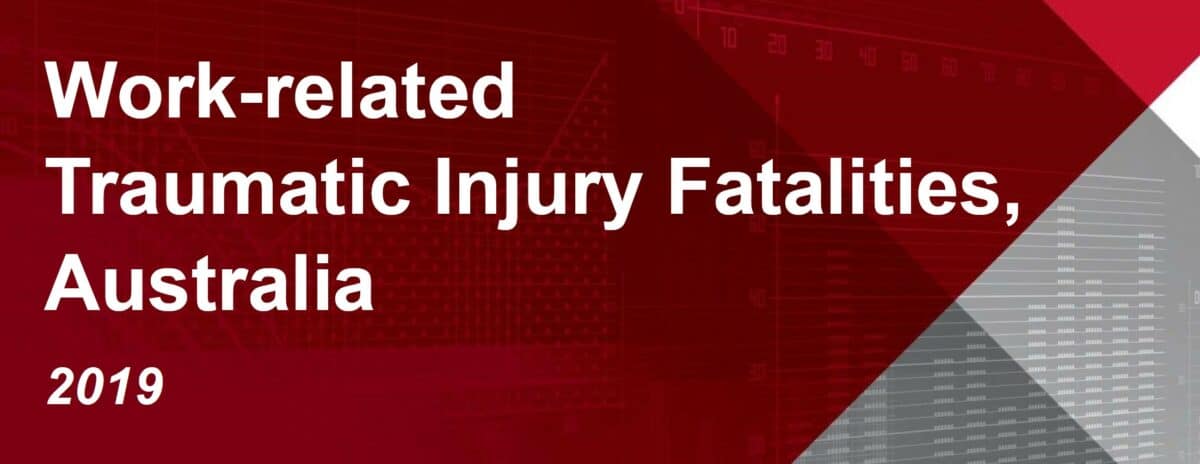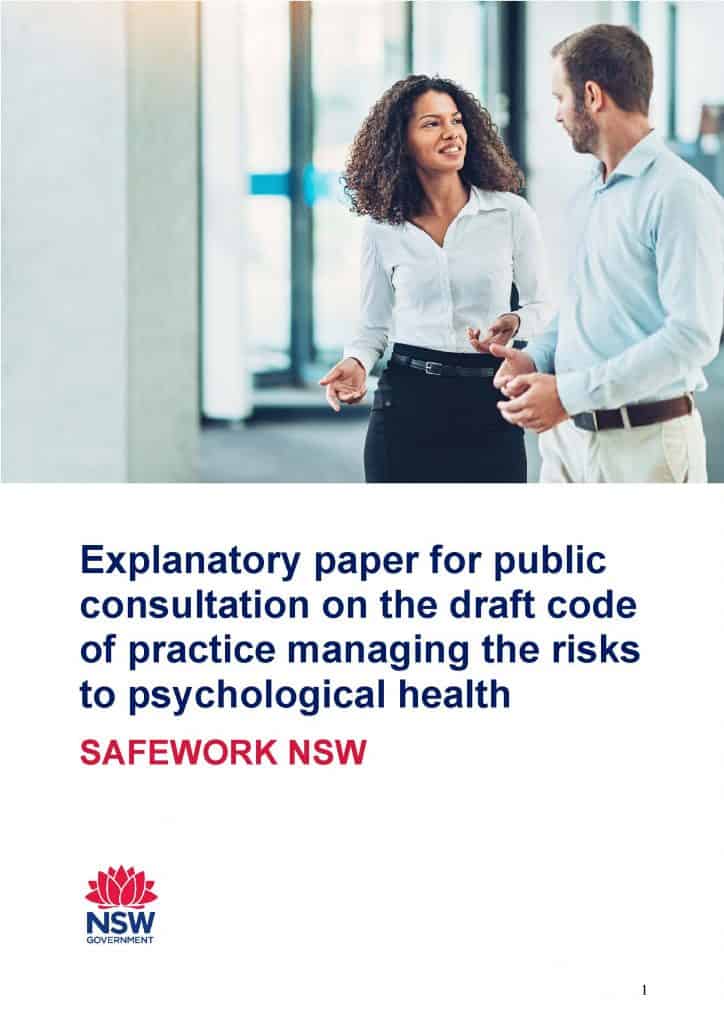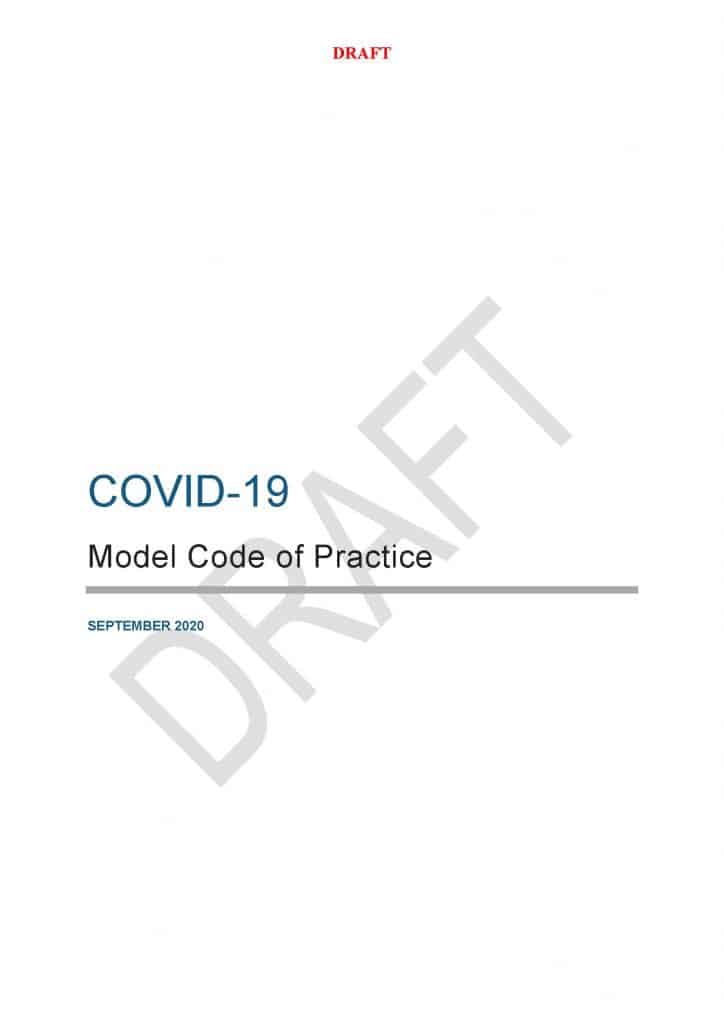Human Resources (HR) management may seem to be a bit of a punching bag in SafetyAtWorkBlog articles. There is no doubt that HR can do better to prevent harm, especially psychological harm, but so can ever other management profession. One 2018 article was recently reposted by Human Resources Director (HRD) magazine on workplace mental health which deserves some consideration.
Firstly the article is categorised under “Corporate wellness”, instantly locking it into a specific area of HR and occupational health and safety (OHS). The article, written by lawyer Amber Chandler of Barker Henley, also has relevance to risk management, due diligence, Industrial Relations or OHS and, as mentioned in another article recently, could benefit from being posted or cross-posted in those other categories, or even under “Leadership”. The categorisation is likely to have been an editorial decision but reveals something about HR and HR media.







